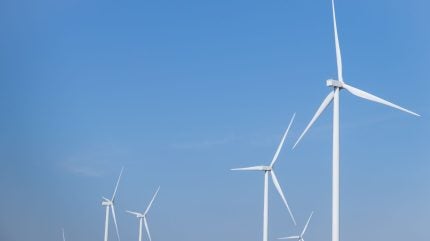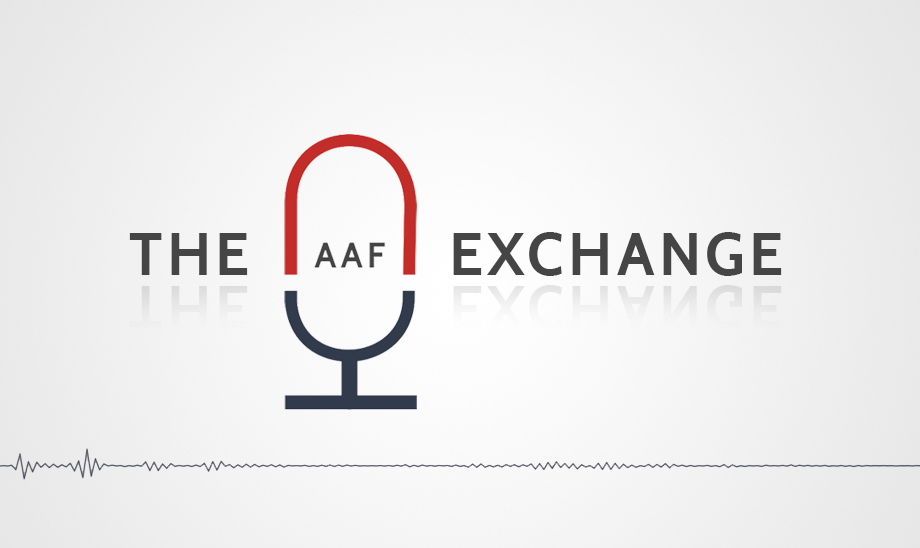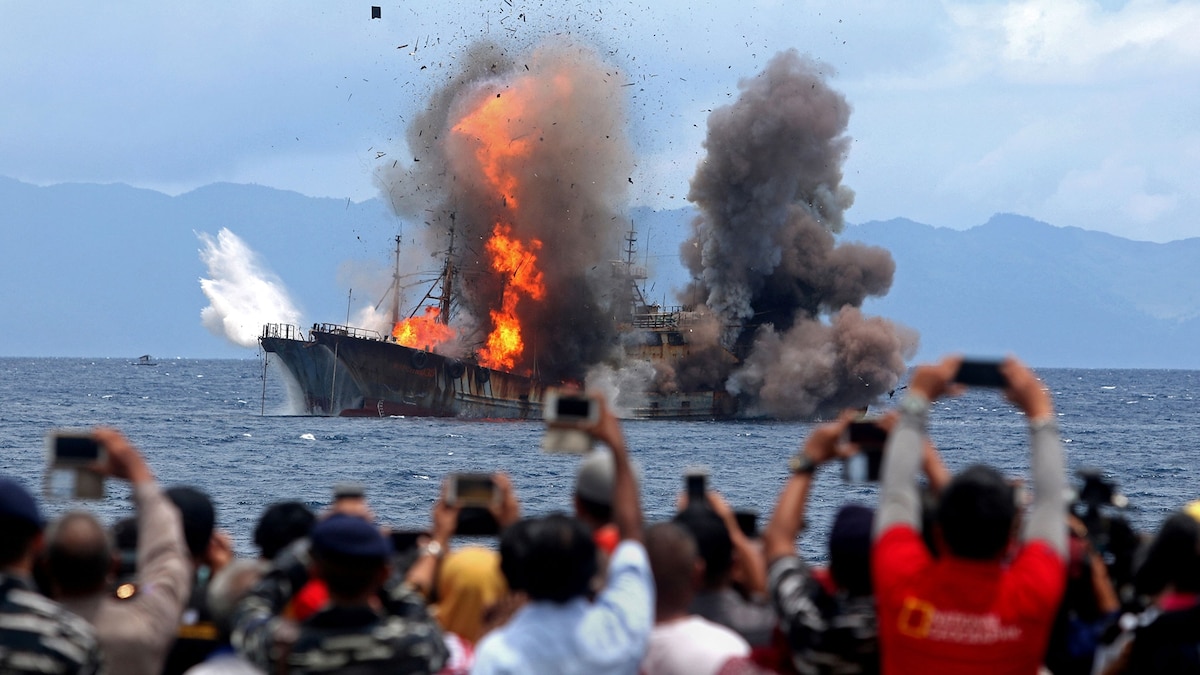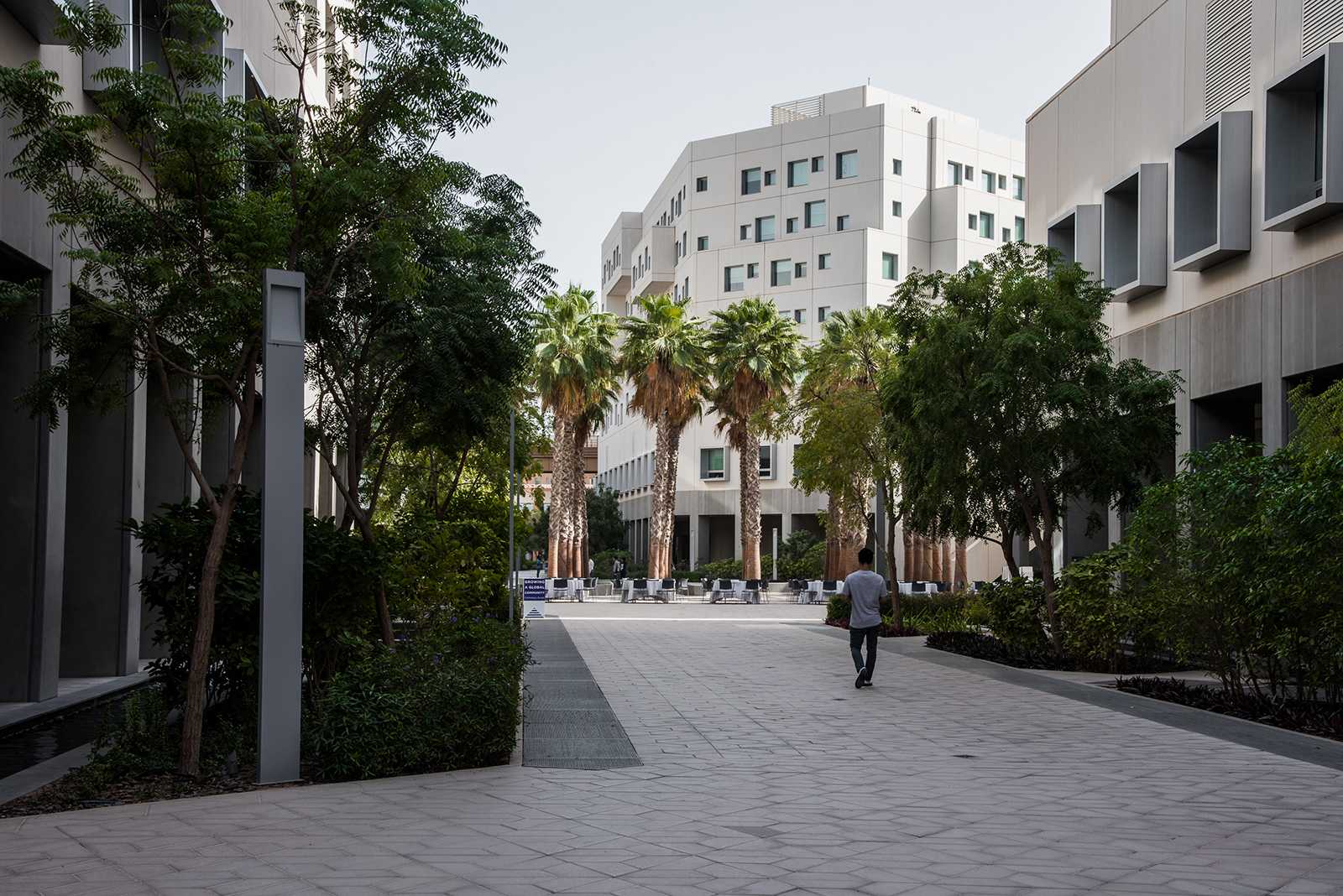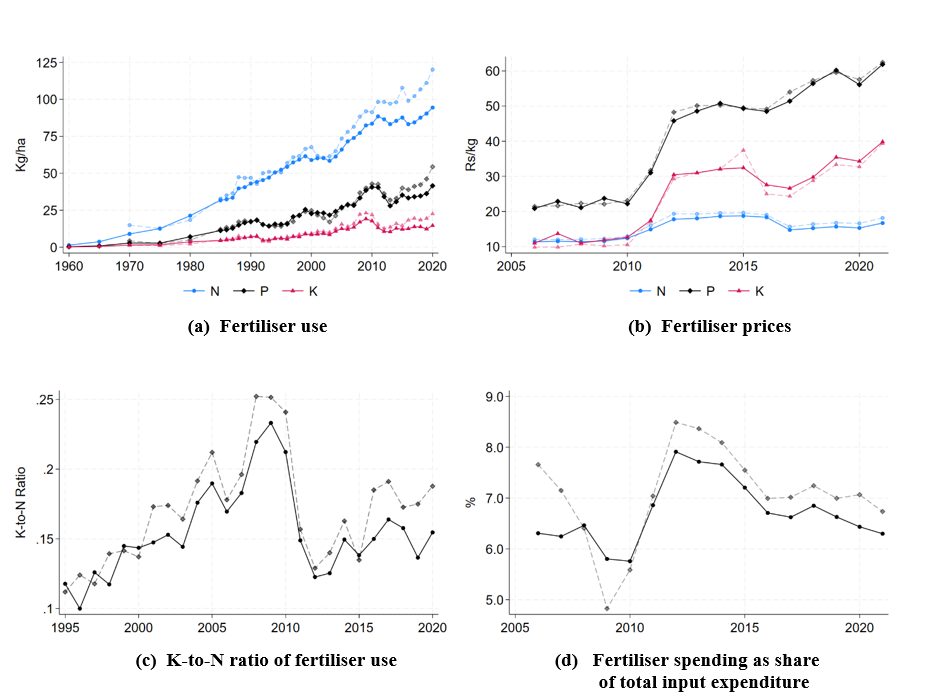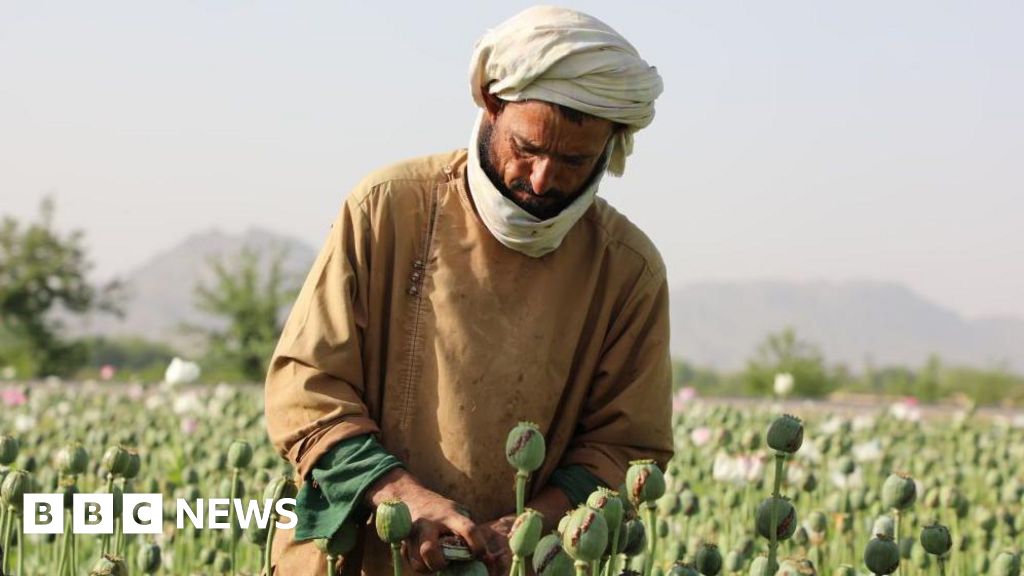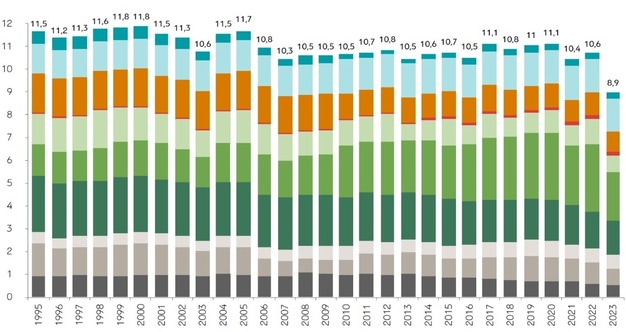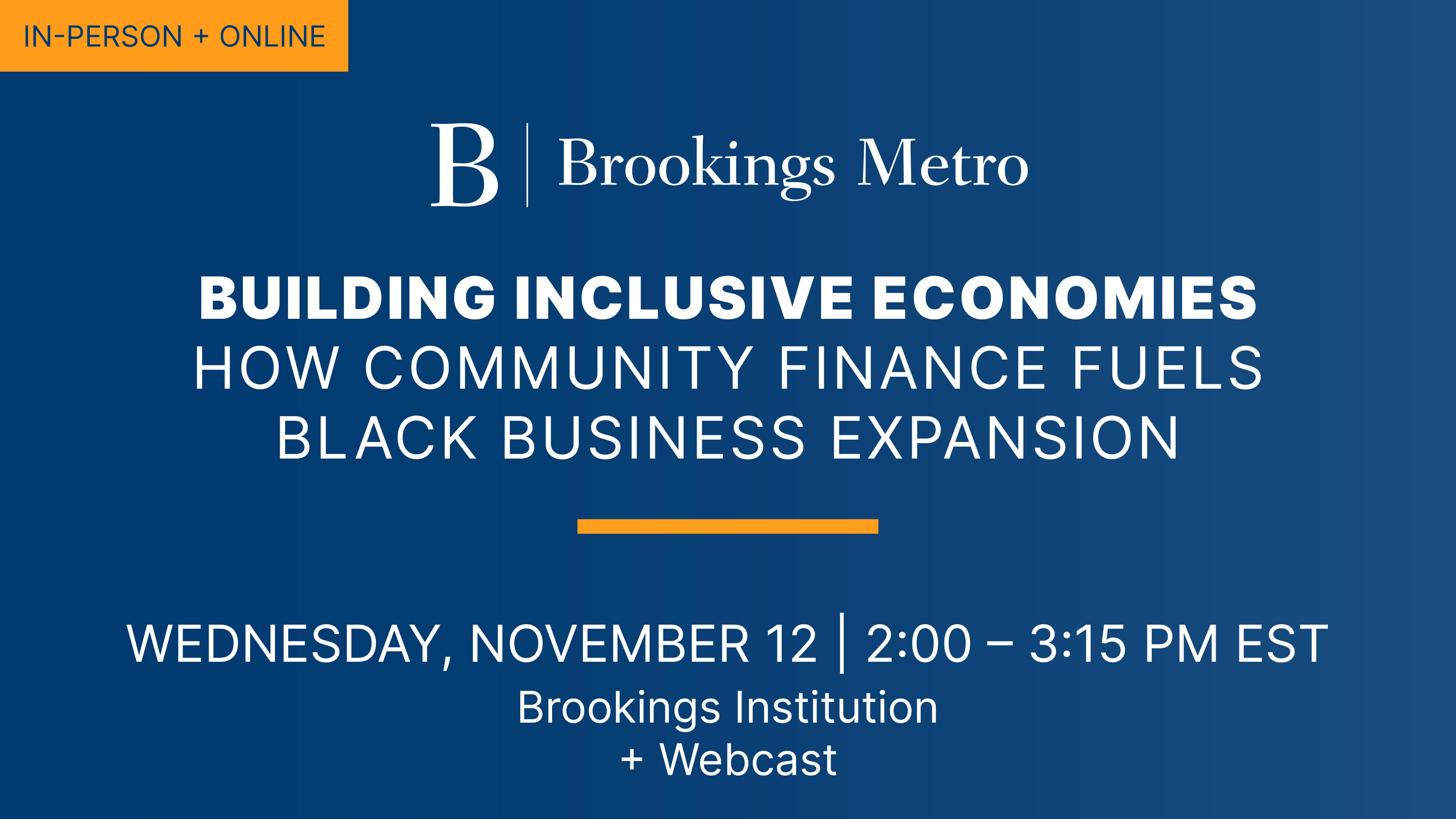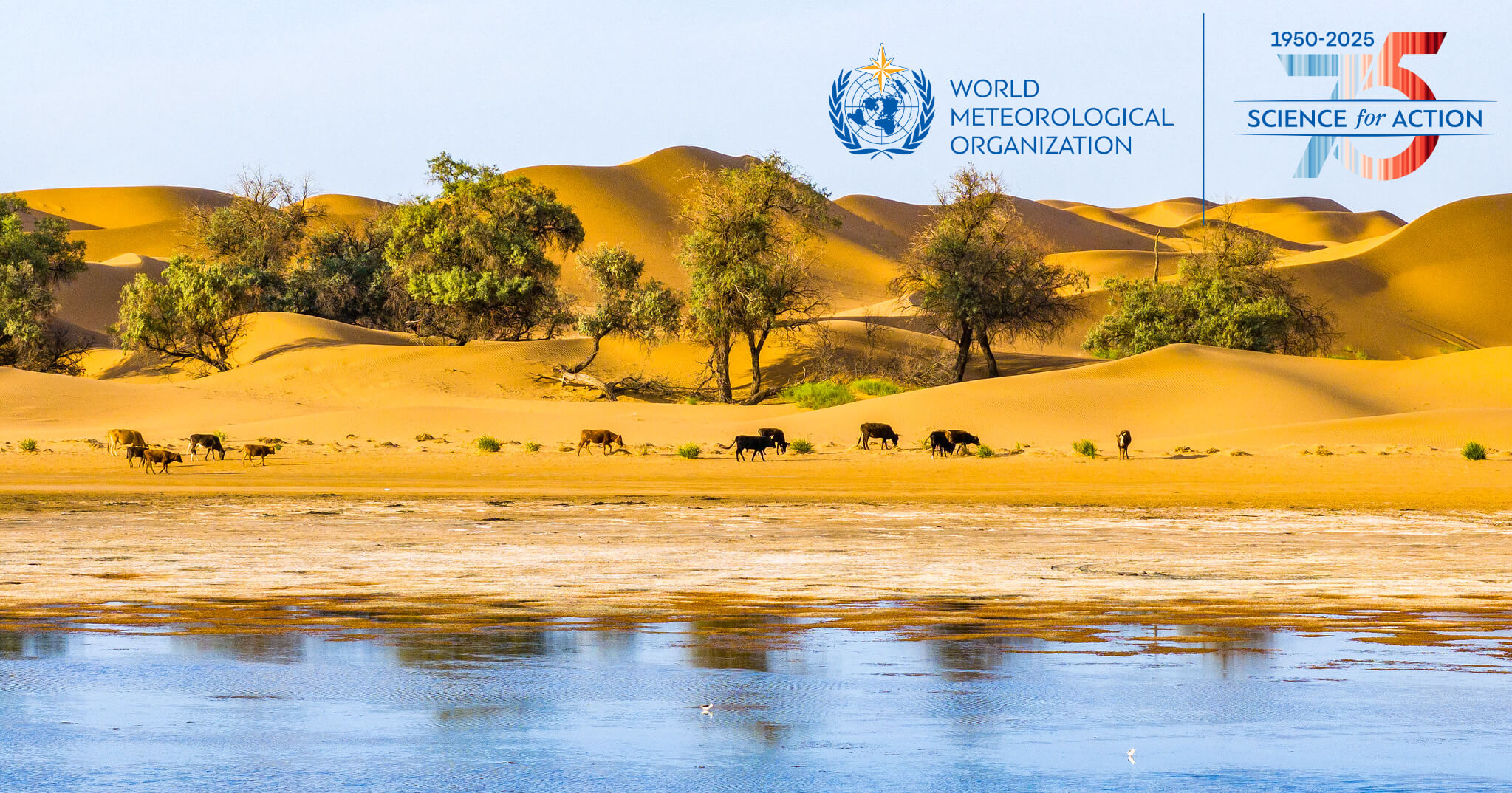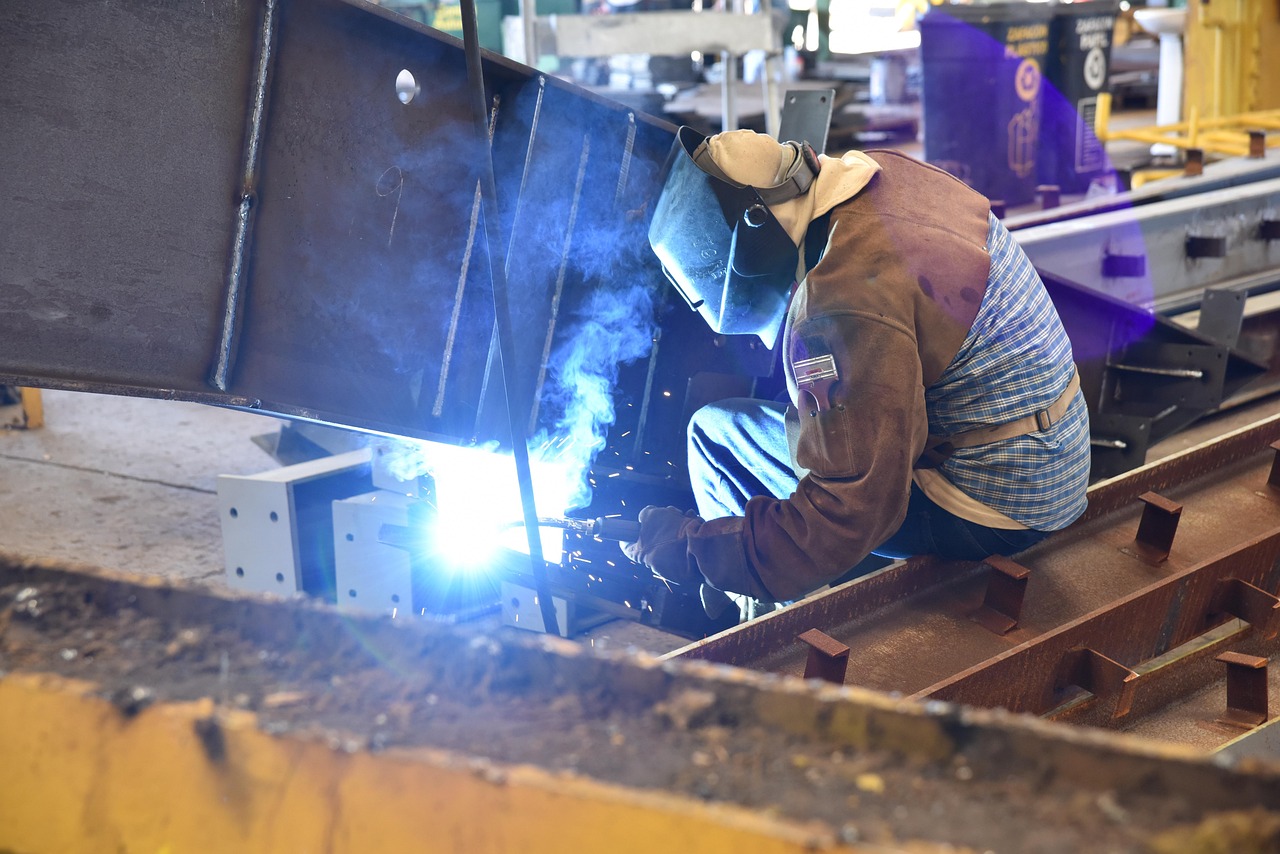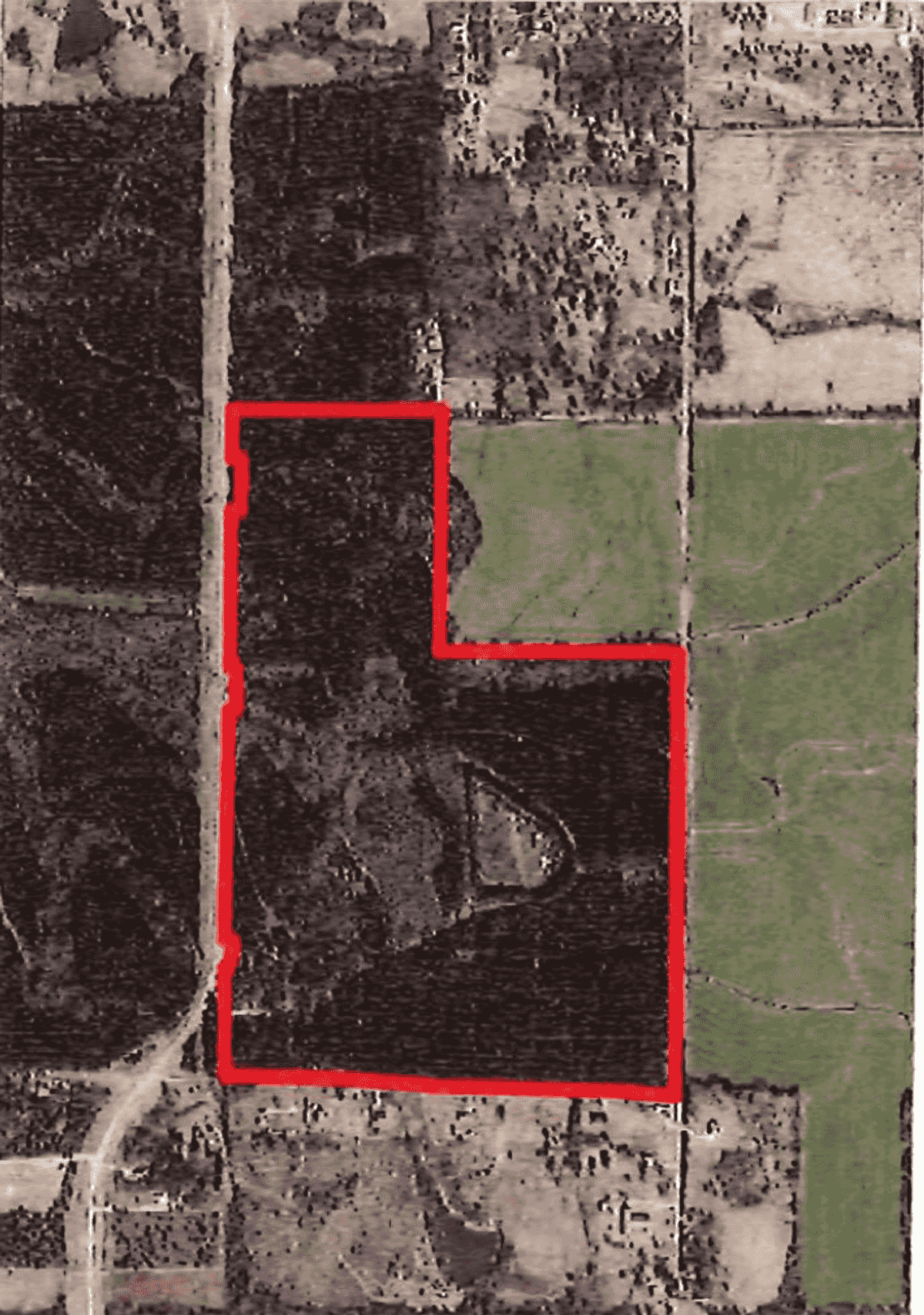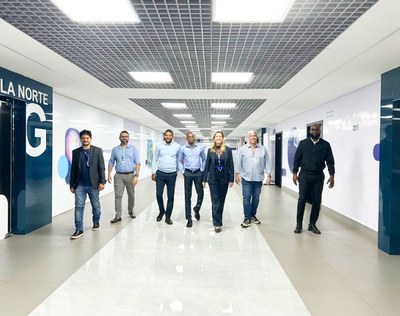WMATA’s Better Bus Network and the Future of Urban Transit Infrastructure: Navigating Risks and Rewards in Public Transit Modernization – AInvest

Report on the Washington Metropolitan Area Transit Authority’s Better Bus Network Initiative
Introduction and Strategic Overview
The Washington Metropolitan Area Transit Authority (WMATA) has initiated the Better Bus Network (BBN), a comprehensive redesign of its Metrobus service, the first in 50 years. The $1.68 billion initiative, set for implementation in June 2025, aims to revitalize urban transit to enhance connectivity, equity, and efficiency for 4 million residents. This report analyzes the BBN’s structure, objectives, and challenges, with a significant focus on its alignment with the United Nations Sustainable Development Goals (SDGs).
Alignment with Sustainable Development Goals (SDGs)
The BBN initiative is fundamentally aligned with several key SDGs, positioning it as a model for sustainable urban infrastructure development. Its core objectives contribute directly to the following global goals:
- SDG 11 (Sustainable Cities and Communities): By redesigning the network for efficiency and consolidating 510 bus stops, the BBN aims to provide safe, affordable, accessible, and sustainable transport systems.
- SDG 10 (Reduced Inequalities): The project places a strategic emphasis on improving transit for Equity Focus Communities (EFCs), which comprise 30% of the region’s population, thereby enhancing access to opportunities for underserved groups.
- SDG 8 (Decent Work and Economic Growth): The network is projected to connect residents to an additional 17,000 jobs within a 60-minute commute, fostering inclusive economic growth and improving labor market participation.
- SDG 13 (Climate Action): A central component of the BBN is the prioritization of zero-emission buses and the implementation of bus priority lanes, which will reduce greenhouse gas emissions and combat climate change.
- SDG 9 (Industry, Innovation, and Infrastructure): The initiative represents a major investment in resilient public infrastructure, utilizing innovation in logistics and clean technology to modernize a critical regional service.
- SDG 17 (Partnerships for the Goals): The project’s execution relies on multi-stakeholder partnerships between WMATA, the Northern Virginia Transportation Commission (NVTC), regional transit agencies, and federal and state governments for funding and coordination.
Economic and Social Impact Analysis
Advancing Economic and Social Equity
The BBN is engineered to be a catalyst for regional growth, directly supporting SDG 8 and SDG 10. By creating limited-stop and express routes aligned with high-demand corridors, the network improves access to employment centers. This is particularly impactful for residents in EFCs, reducing commute times and economic barriers. The improved mobility is expected to stimulate local economies and promote more equitable development across the metropolitan area.
Contribution to Environmental Sustainability
In alignment with SDG 13 and SDG 11, the BBN advances regional climate objectives. The transition to a zero-emission bus fleet and the establishment of dedicated bus lanes are designed to reduce traffic congestion and lower the region’s carbon footprint. These green initiatives also position WMATA to leverage federal funding and tax incentives from programs such as the Inflation Reduction Act (IRA), which can help offset modernization costs.
Financial, Political, and Operational Challenges
The successful implementation of the BBN faces several systemic risks that could impede its progress toward achieving its SDG-related targets.
- Financial Uncertainty: WMATA confronts a $250 million operating shortfall due to post-pandemic ridership declines and the expiration of federal aid. Securing long-term state and federal funding is critical but remains uncertain amid fiscal austerity, challenging the financial sustainability required for SDG 9.
- Political Dependencies: The initiative requires sustained bipartisan political will to approve necessary budget increases and structural reforms, such as those proposed by the NVTC concerning pension and benefit costs. Political gridlock poses a significant threat to the project’s viability.
- Operational Hurdles: A shortage of skilled labor, including technicians and operators for zero-emission vehicles, presents a major operational barrier. Without robust workforce development programs, the efficiency gains from technological modernization may not be fully realized.
- Inter-Agency Coordination: The BBN’s success depends on effective collaboration with partner agencies like Montgomery County’s Ride On and Prince George’s County’s TheBus. Fragmented governance and inconsistent funding models across jurisdictions could create bottlenecks, undermining the principles of partnership outlined in SDG 17.
Investment Outlook and Risk Assessment
For infrastructure investors, the BBN presents opportunities for both direct and indirect financial participation aligned with sustainable development.
- Direct Investment Opportunities: Participation in federal grant programs or leveraging IRA tax credits can yield returns through reduced capital expenditures and long-term operational savings from green technology.
- Indirect Investment Opportunities: Supporting ancillary sectors, such as electric bus manufacturing and workforce development initiatives, provides alternative revenue streams linked to the project’s success.
However, these opportunities are balanced by significant risks tied to the project’s reliance on volatile public funding and its susceptibility to political shifts. The BBN is a high-risk, high-reward proposition for investors focused on sustainable infrastructure.
Conclusion: A Blueprint for Resilient Urban Transit
The Better Bus Network is a transformative public infrastructure project that directly addresses the challenges of 21st-century urbanization. Its success in delivering on its objectives will serve as a powerful case study for aligning capital with projects that advance systemic equity (SDG 10), promote sustainable economic growth (SDG 8), and meet climate goals (SDG 13). The realization of these benefits depends on securing stable funding, fostering effective regional collaboration (SDG 17), and adapting to the evolving needs of the Washington, D.C. region. If successful, the BBN could establish a new blueprint for sustainable urban transit investment.
SDGs Addressed in the Article
The article on WMATA’s Better Bus Network (BBN) highlights issues and initiatives that are directly connected to several Sustainable Development Goals. The project’s focus on infrastructure modernization, social equity, economic opportunity, environmental sustainability, and collaborative governance touches upon the core principles of the following SDGs:
- SDG 8: Decent Work and Economic Growth
- SDG 9: Industry, Innovation and Infrastructure
- SDG 10: Reduced Inequalities
- SDG 11: Sustainable Cities and Communities
- SDG 13: Climate Action
- SDG 17: Partnerships for the Goals
Specific SDG Targets Identified
Based on the details provided in the article, specific targets within the identified SDGs can be pinpointed. These targets reflect the direct objectives and intended outcomes of the Better Bus Network project.
-
SDG 8: Decent Work and Economic Growth
- Target 8.5: By 2030, achieve full and productive employment and decent work for all women and men, including for young people and persons with disabilities, and equal pay for work of equal value.
Explanation: The article states a primary goal of the BBN is to enhance economic opportunity by projecting to “connect 17,000 additional jobs within a 60-minute window for residents.” This directly supports the target of promoting access to productive employment.
- Target 8.5: By 2030, achieve full and productive employment and decent work for all women and men, including for young people and persons with disabilities, and equal pay for work of equal value.
-
SDG 9: Industry, Innovation and Infrastructure
- Target 9.1: Develop quality, reliable, sustainable and resilient infrastructure, including regional and transborder infrastructure, to support economic development and human well-being, with a focus on affordable and equitable access for all.
Explanation: The BBN is described as a “$1.68 billion initiative” and the “first comprehensive redesign of Metrobus service in 50 years.” This represents a significant investment in developing sustainable and resilient public transit infrastructure to serve the region.
- Target 9.1: Develop quality, reliable, sustainable and resilient infrastructure, including regional and transborder infrastructure, to support economic development and human well-being, with a focus on affordable and equitable access for all.
-
SDG 10: Reduced Inequalities
- Target 10.2: By 2030, empower and promote the social, economic and political inclusion of all, irrespective of age, sex, disability, race, ethnicity, origin, religion or economic or other status.
Explanation: The project explicitly aims to improve equity by focusing on “Equity Focus Communities (EFCs), which house 30% of the region’s population.” By improving transit access for these communities, the BBN works to reduce inequality and promote social and economic inclusion.
- Target 10.2: By 2030, empower and promote the social, economic and political inclusion of all, irrespective of age, sex, disability, race, ethnicity, origin, religion or economic or other status.
-
SDG 11: Sustainable Cities and Communities
- Target 11.2: By 2030, provide access to safe, affordable, accessible and sustainable transport systems for all, improving road safety, notably by expanding public transport, with special attention to the needs of those in vulnerable situations, women, children, persons with disabilities and older persons.
Explanation: This is the central goal of the BBN. The article details the plan to “revitalize urban transit” for “4 million residents” by “consolidating 510 bus stops, introducing limited-stop and express routes, and aligning service with high-demand corridors,” which directly addresses the provision of accessible and sustainable transport systems.
- Target 11.2: By 2030, provide access to safe, affordable, accessible and sustainable transport systems for all, improving road safety, notably by expanding public transport, with special attention to the needs of those in vulnerable situations, women, children, persons with disabilities and older persons.
-
SDG 13: Climate Action
- Target 13.2: Integrate climate change measures into national policies, strategies and planning.
Explanation: The BBN aligns with “advancing climate objectives” by prioritizing “zero-emission buses” and implementing “bus priority lanes” to reduce traffic congestion. These actions are concrete measures to “reduce greenhouse gas emissions,” integrating climate considerations into regional transit planning.
- Target 13.2: Integrate climate change measures into national policies, strategies and planning.
-
SDG 17: Partnerships for the Goals
- Target 17.17: Encourage and promote effective public, public-private and civil society partnerships, building on the experience and resourcing strategies of partnerships.
Explanation: The article emphasizes that the BBN’s success depends on multi-level collaboration. This includes securing “state-matched funding,” achieving “bipartisan support,” and coordinating with “regional partners like Montgomery County’s Ride On and Prince George’s County’s TheBus.” The reliance on federal funding through programs like the “IRA” and “FTA’s RAISE program” further underscores the need for effective public partnerships.
- Target 17.17: Encourage and promote effective public, public-private and civil society partnerships, building on the experience and resourcing strategies of partnerships.
Indicators for Measuring Progress
The article mentions or implies several quantitative and qualitative indicators that can be used to track progress toward the identified targets.
-
Indicators for SDG 11 (Target 11.2) & SDG 8 (Target 8.5)
- Number of additional jobs accessible within a 60-minute commute (the article specifies a projection of “17,000”).
- Number of residents served by the transit system (mentioned as “4 million residents”).
- Reduction in commute times for residents, particularly in EFCs.
-
Indicators for SDG 9 (Target 9.1) & SDG 13 (Target 13.2)
- Total financial investment in infrastructure modernization (stated as “$1.68 billion”).
- Number or percentage of the bus fleet converted to “zero-emission buses.”
- Kilometers of “dedicated lanes” and number of intersections with “signal priority” for buses.
- Measured reduction in “greenhouse gas emissions” from the transit sector.
-
Indicators for SDG 10 (Target 10.2)
- Improved transit access and frequency for the population living in “Equity Focus Communities (EFCs).”
- Proportion of the population in EFCs (stated as “30% of the region’s population”) with convenient access to the redesigned bus network.
-
Indicators for SDG 17 (Target 17.17)
- Amount of federal and state funding secured (e.g., through the “Inflation Reduction Act” or state-matching).
- Formal agreements and service alignment with regional transit partners (“Montgomery County’s Ride On and Prince George’s County’s TheBus”).
- Resolution of the operating budget shortfall (currently a “$250 million operating shortfall”).
Summary of SDGs, Targets, and Indicators
| SDGs | Targets | Indicators Identified in the Article |
|---|---|---|
| SDG 8: Decent Work and Economic Growth | 8.5: Achieve full and productive employment and decent work for all. | Number of additional jobs made accessible by transit (projection of 17,000). |
| SDG 9: Industry, Innovation and Infrastructure | 9.1: Develop quality, reliable, sustainable and resilient infrastructure. | Total investment ($1.68 billion); adoption of zero-emission buses; implementation of bus priority lanes. |
| SDG 10: Reduced Inequalities | 10.2: Promote the social, economic and political inclusion of all. | Improved transit access for Equity Focus Communities (EFCs), which comprise 30% of the population. |
| SDG 11: Sustainable Cities and Communities | 11.2: Provide access to safe, affordable, accessible and sustainable transport systems for all. | Service for 4 million residents; consolidation of 510 bus stops; introduction of limited-stop/express routes. |
| SDG 13: Climate Action | 13.2: Integrate climate change measures into policies and planning. | Prioritization of zero-emission buses; measured reduction in greenhouse gas emissions. |
| SDG 17: Partnerships for the Goals | 17.17: Encourage and promote effective public, public-private and civil society partnerships. | Collaboration with regional transit agencies; securing federal/state funding (IRA, RAISE); addressing the $250M budget shortfall. |
Source: ainvest.com

What is Your Reaction?
 Like
0
Like
0
 Dislike
0
Dislike
0
 Love
0
Love
0
 Funny
0
Funny
0
 Angry
0
Angry
0
 Sad
0
Sad
0
 Wow
0
Wow
0
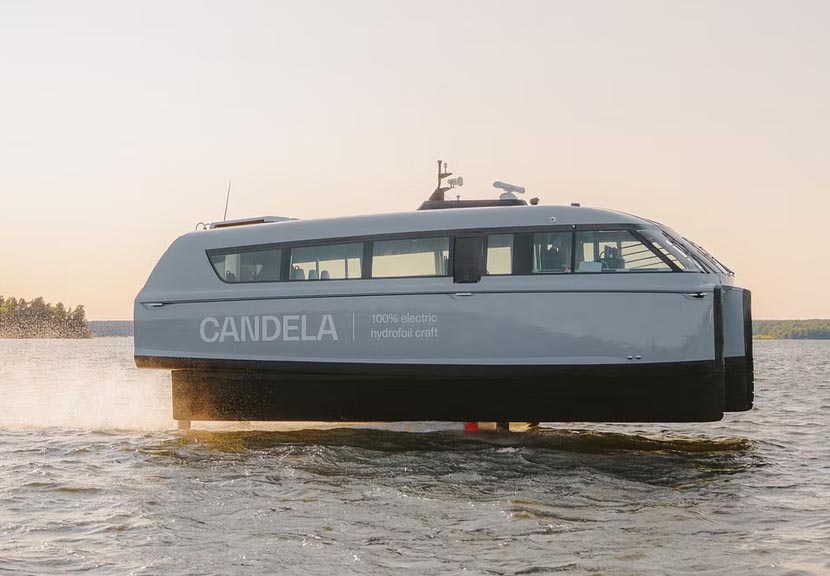
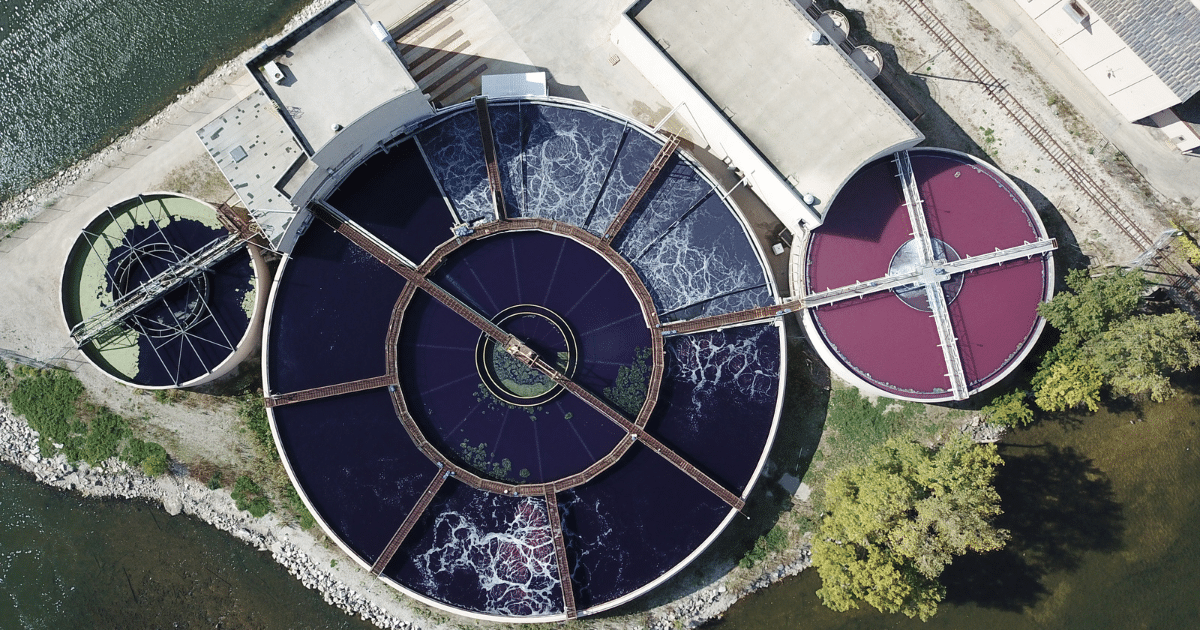










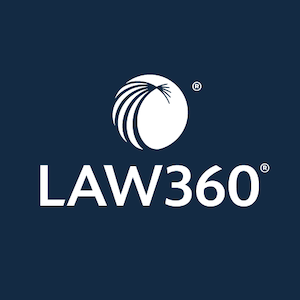



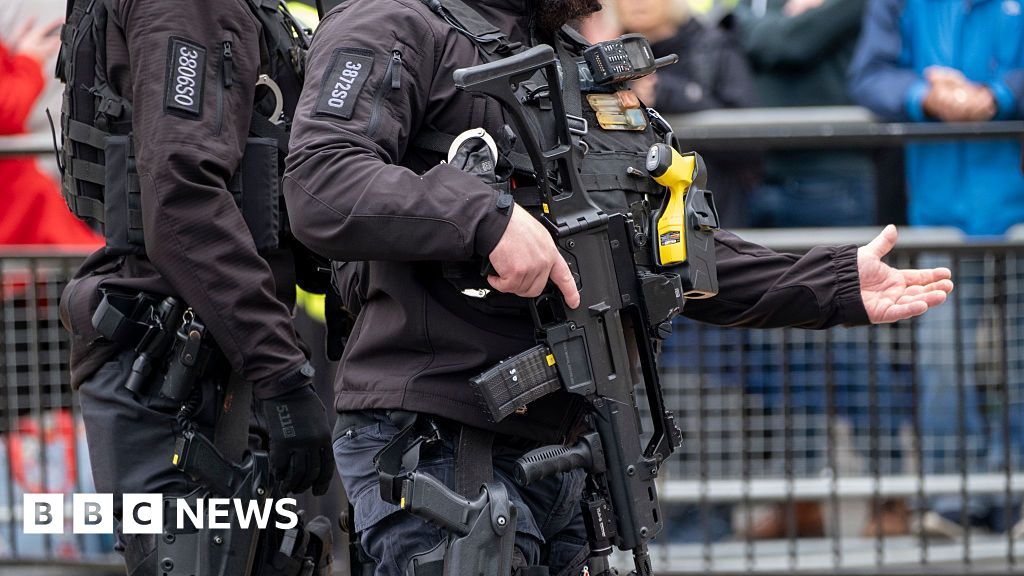







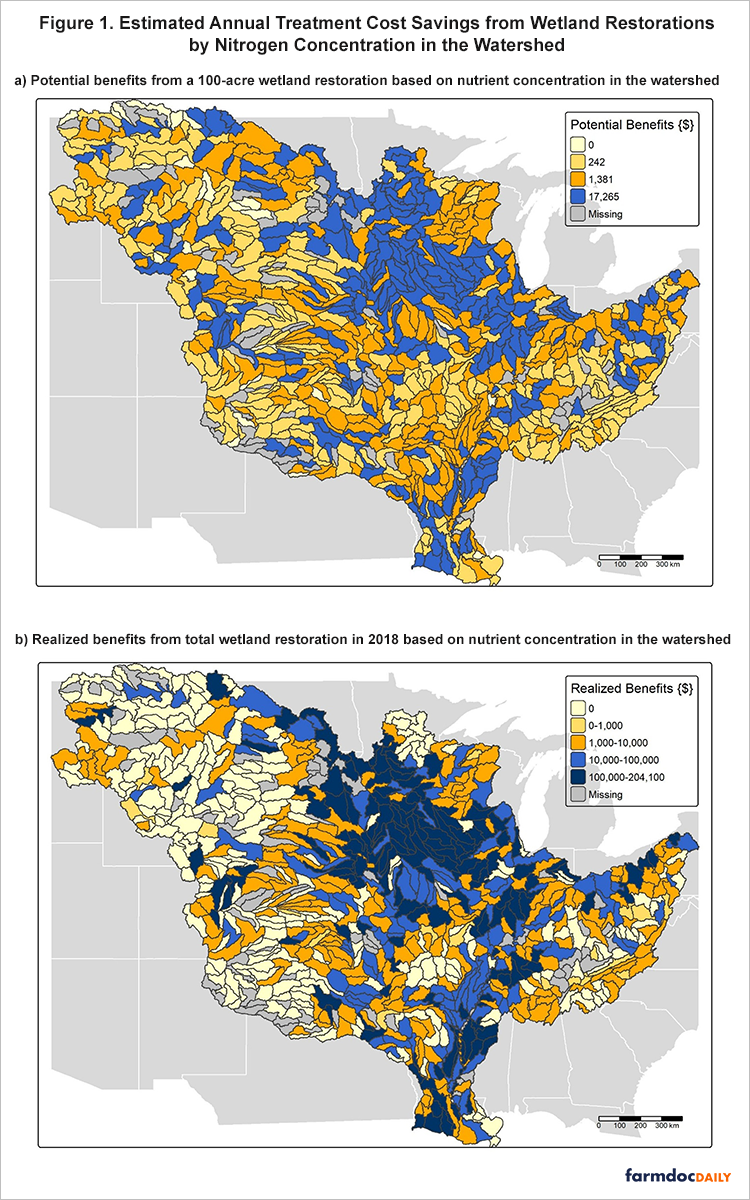
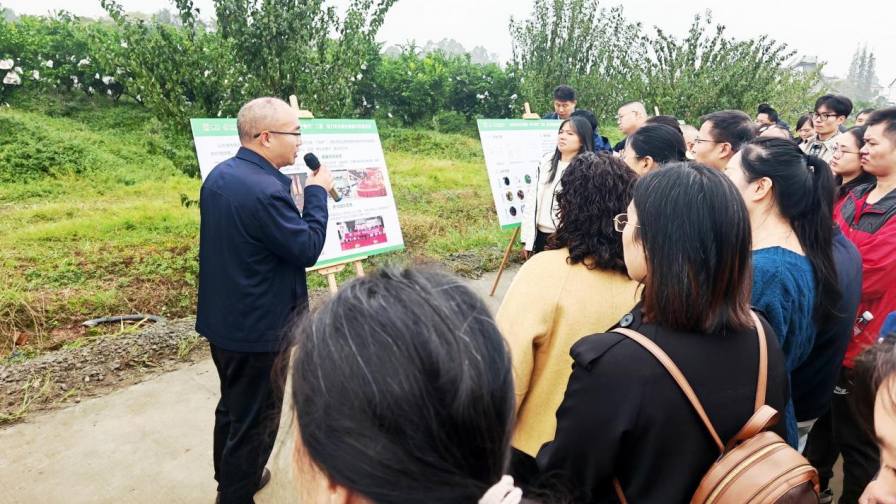
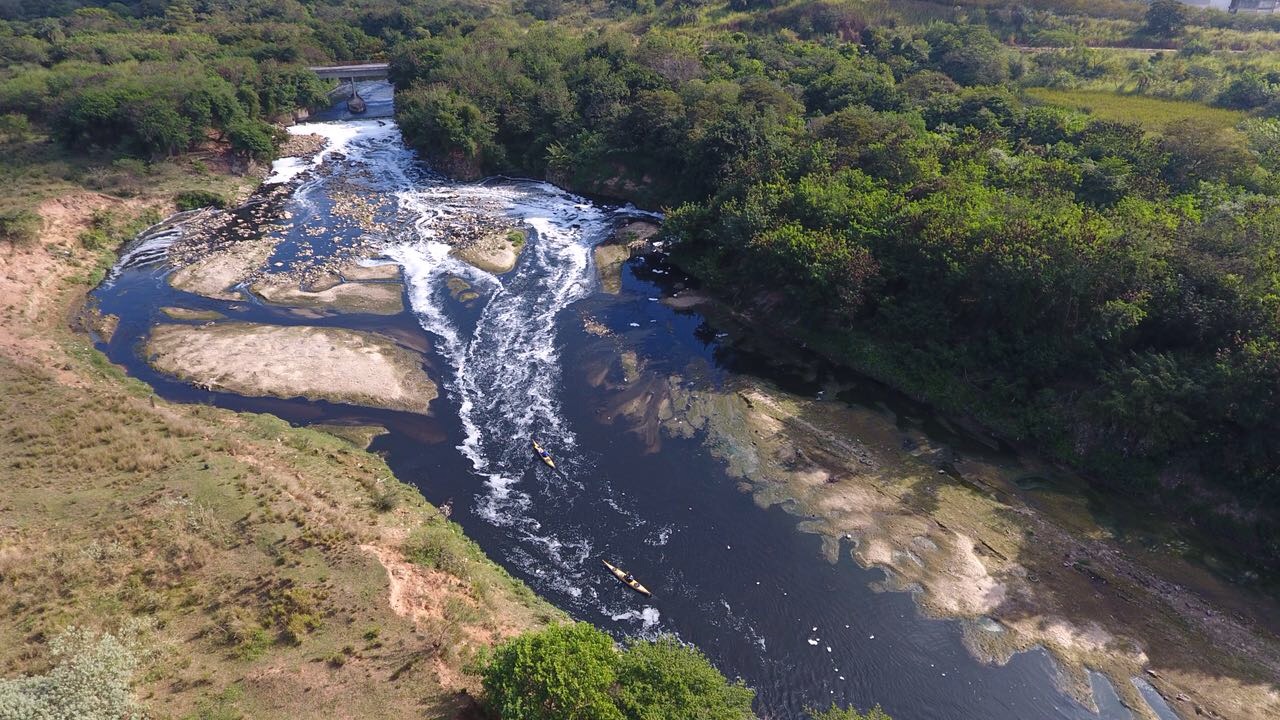
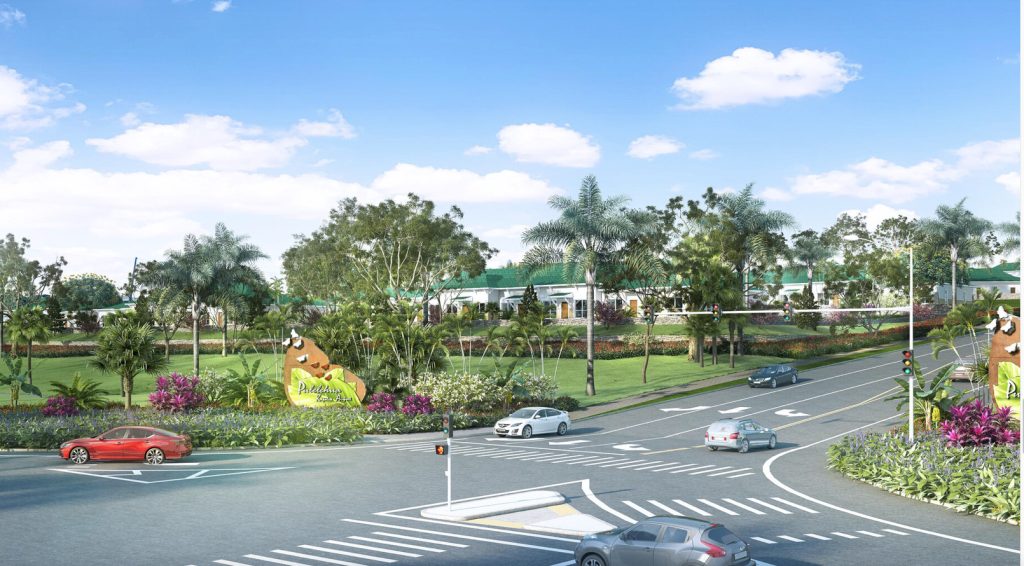
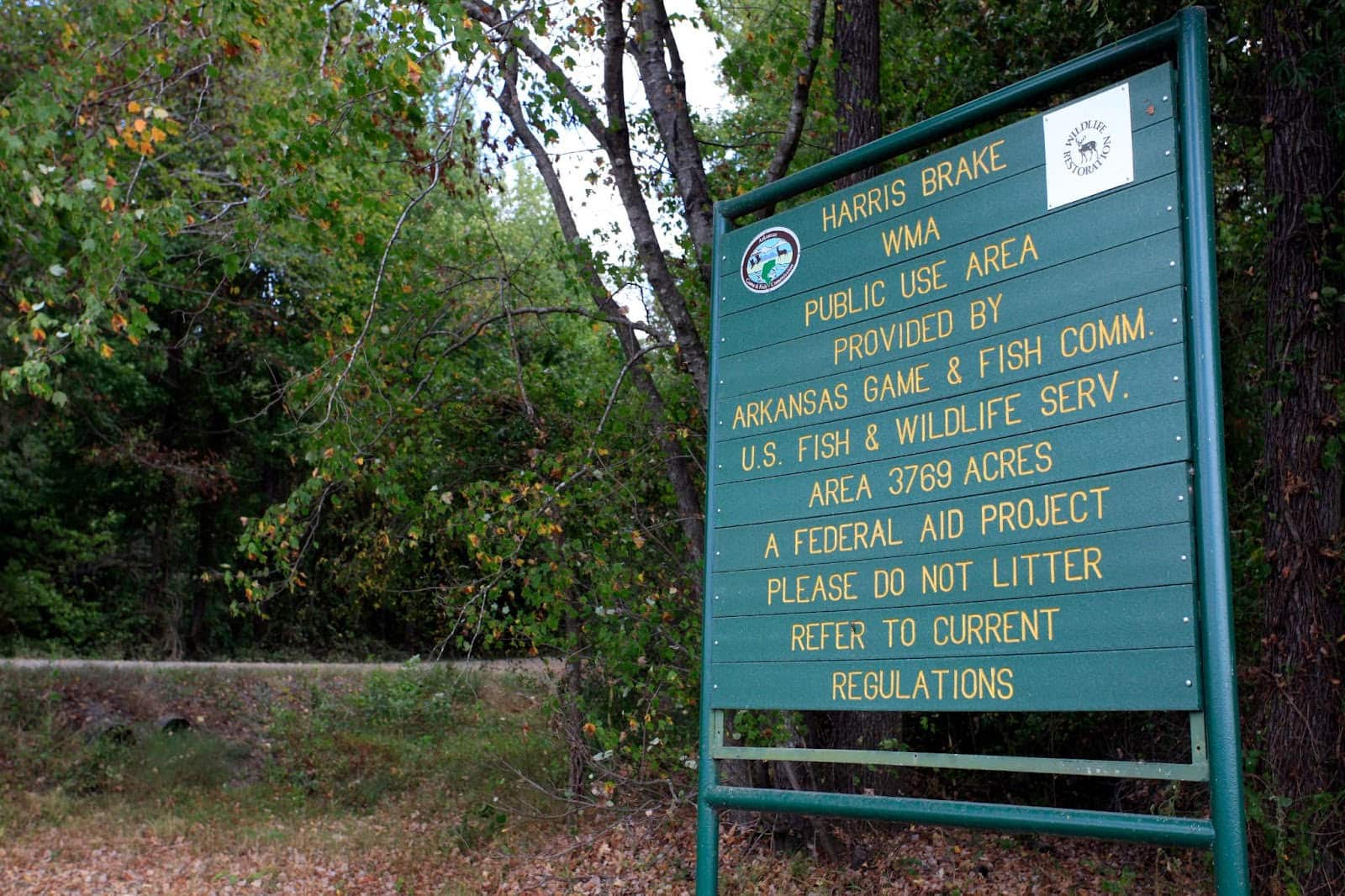


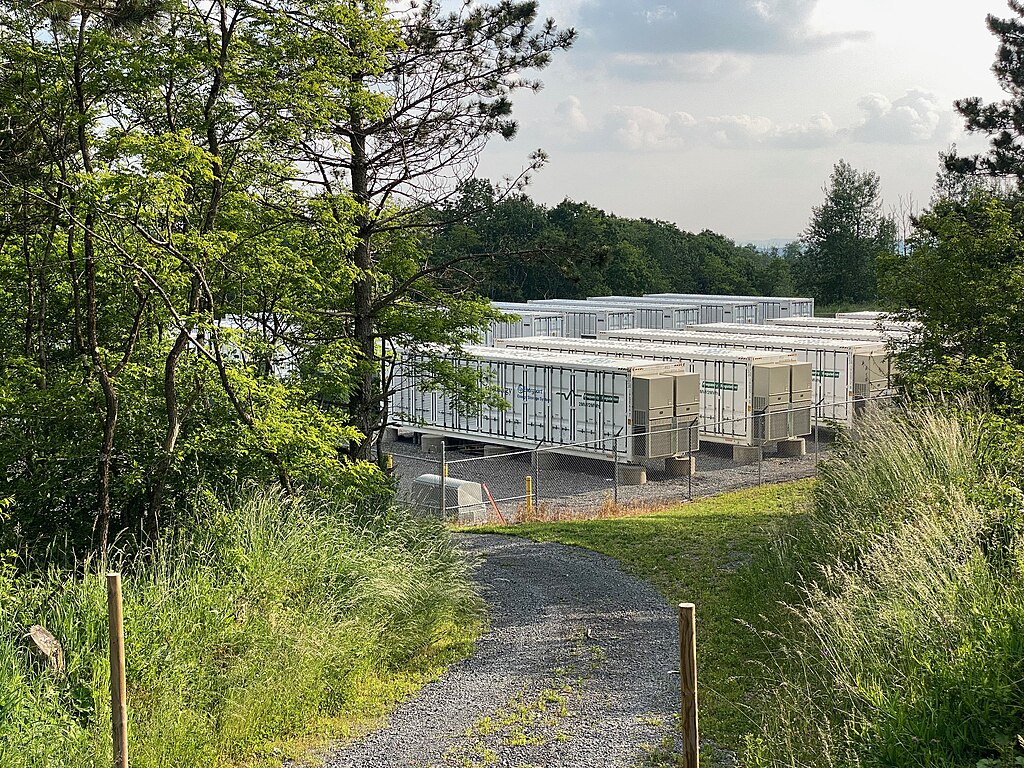
_2.png?#)
